Intelligent Investment
U.S. Cap Rate Survey H1 2024
Cap rate expansion has peaked, but uncertainty will delay sales volume recovery until 2025.
July 31, 2024 5 Minute Read

Introduction
Looking for a PDF of this content?
The H1 2024 Cap Rate Survey provides a fresh perspective of where market sentiment is trending.
Welcome to CBRE’s H1 2024 Cap Rate Survey (CRS). This survey comes at a unique time for real estate capital markets as limited investment volume has caused pricing uncertainty. The data driving this report was informed by deals that occurred throughout the first five months of 2024. We acknowledge that market conditions are fluid, but we believe that the CRS provides a useful base and unlocks important truths about how investor sentiment is changing.
The CRS captures 3,600 cap rate estimates across more than 50 geographic markets to generate key insights.
More than 250 CBRE real estate professionals completed the H1 2024 CRS with their real-time market estimates between May and June. Given the rapidly changing macro environment, survey results may not reflect recent exogenous events or current market conditions. Readers should view all cap rate estimates within this context.
Cap Rates Held Steady During the First Half of 2024
Treasury yields remained volatile during the first half of 2024, reacting to economic data that sent mixed signals about the outlook for inflation, Federal Reserve policy, and long-term interest rates. The 10-Year Treasury yield started the year below 4% and peaked at 4.7% in late April. Ultimately continued disinflation and expectations for a Fed rate cut were holding the 10-Year Treasury yield to 4.2% as of June.
The average survey cap rate held steady in H1 2024. Interestingly, different property types did not move in unison but rather reacted uniquely to changing fundamentals and capital markets drivers. For instance, industrial cap rates fell on average and office yields continued their climb.
Figure 1: Real Estate Cap Rate and Bond Yields, period average (%)
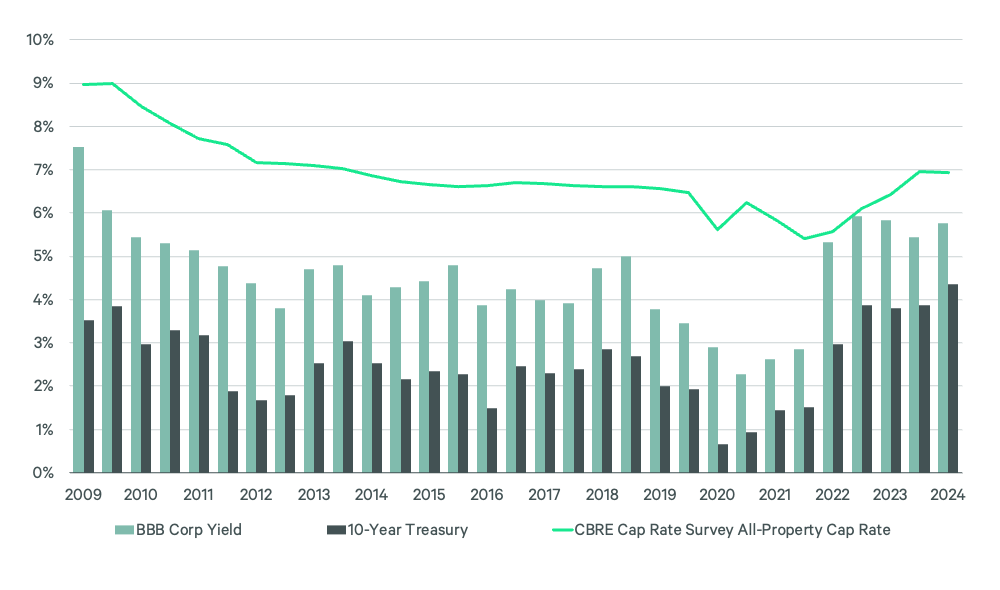
Most Respondents Believe That Cap Rates Have Peaked
Every CRS asks respondents to estimate the direction of cap rates and the magnitude of the expected change during the next six months. Figure 2 aggregates all answers by property type and displays the results as a fraction of responses expecting further yield increases. This quarter the most common response across all categories was “no change.”
The share of respondents expecting further devaluations was highest within the office sector, reflecting the uncertainty around market fundamentals. Expectations for hotels have been less consistent with a rising share of respondents expecting cap rates to increase in coming quarters.
The share of respondents who believe cap rates will increase during the next six months has fallen compared with our previous two CRS publications. This improved sentiment is likely driven by more accommodative signals from the Fed and the decline in bond yields from their October 2023 peak.
Figure 2: Share of Respondents Who Think Yields Will Increase During the Next Six Months by CRS Vintage

Expansion Continued for Commodity Office Stock
Figure 3 compares stabilized cap rate estimates from the current CRS (horizontal axis) against H2 2023 estimates (vertical axis) for every property type and geographic market. Dots to the right of the 45-degree line represent markets where cap rates are higher than previous estimates. Yield expansion remained most pronounced in office properties, where yields increased by roughly 40 basis points, over the past six months. The estimated risk premium for Class A offices has widened considerably with cap rates exceeding 8%. Meanwhile, less competitive Class C spaces are seeing distressed pricing with cap rate estimates averaging in the low teens.
In addition to office cap rate estimates rising, the average spread between respondents’ lower and upper estimates (for example: 6%-7% has a spread of 1.0) have increased considerably suggesting more uncertainty for the sector’s pricing.
Figure 3: H1 2024 Stabilized Cap Rate Estimates Versus H2 2023 Estimates
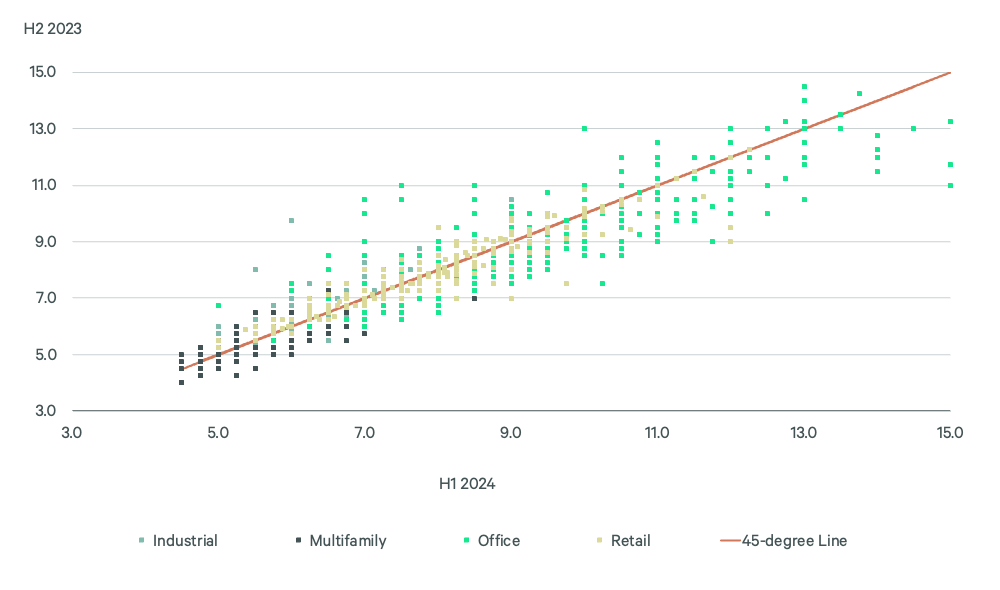
Figure 4: Average Difference Between Lower and Upper Estimate by Sector (Percentage Points)
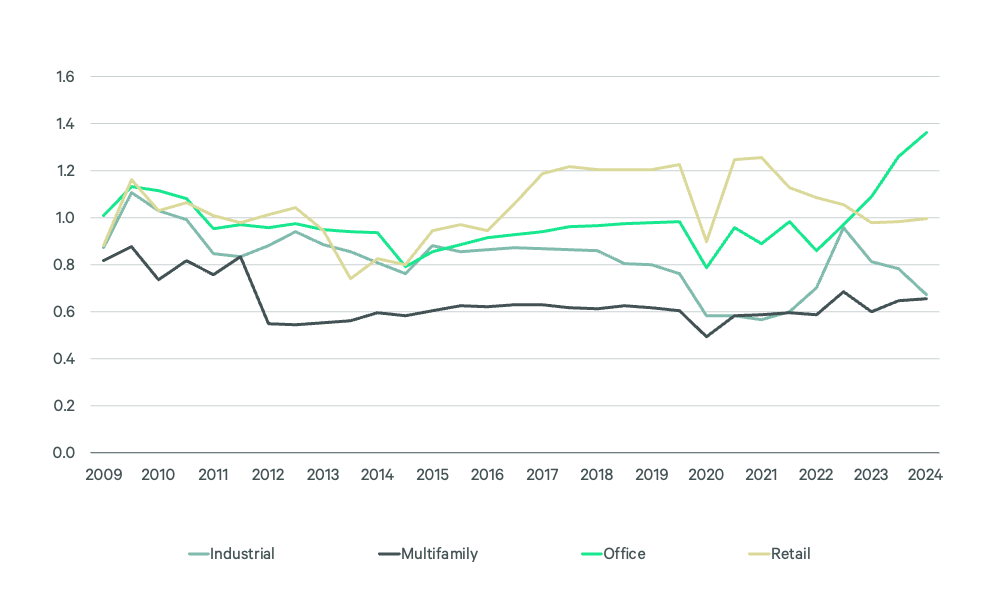
Uncertainty Around Values Limits Investment Volume Recovery
We asked CBRE capital markets and valuation professionals which underwriting variables market participants are most and least certain about. They say capital markets and valuation metrics are typically most difficult to estimate. Perhaps due to widespread price instability respondents believe changes in operating expenses are more difficult to gauge than space market fundamentals.
Predictably, respondents believe the office sector is facing the widest bid-ask spread. As price discovery proceeds in coming quarters this spread should shrink.
Persistent inflation and interest rates have delayed a recovery in sales volume. The previous CRS (H2 2023) pinned the recovery at late 2024. Today, most survey respondents do not expect the recovery to begin until 2025.
How certain respondents are of the outlook for key underwriting variables (1 = Least Certain)
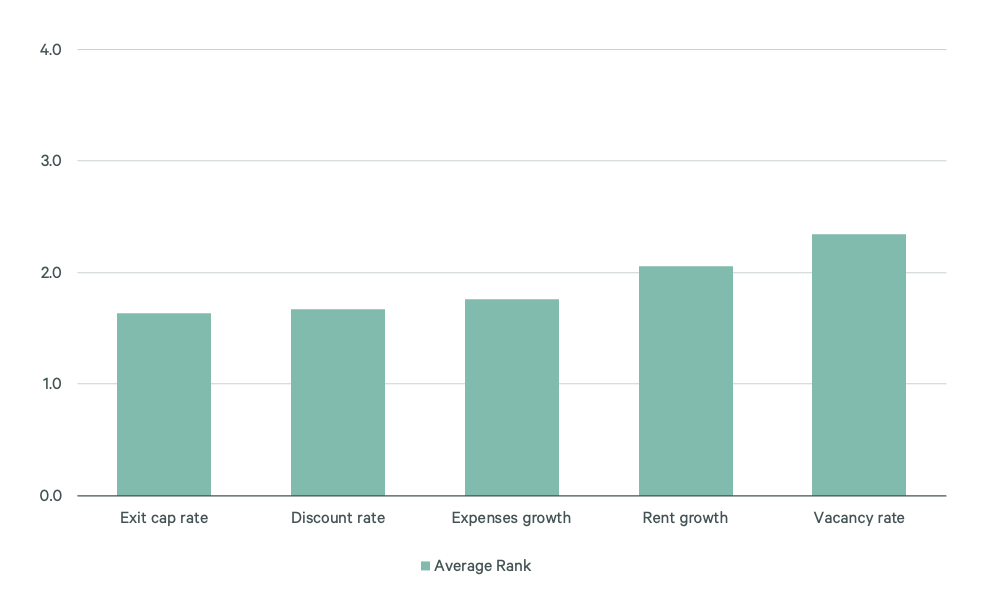
How each sector ranks in terms of perceived bid-ask spread (1 = Widest Bid-Ask Spread)
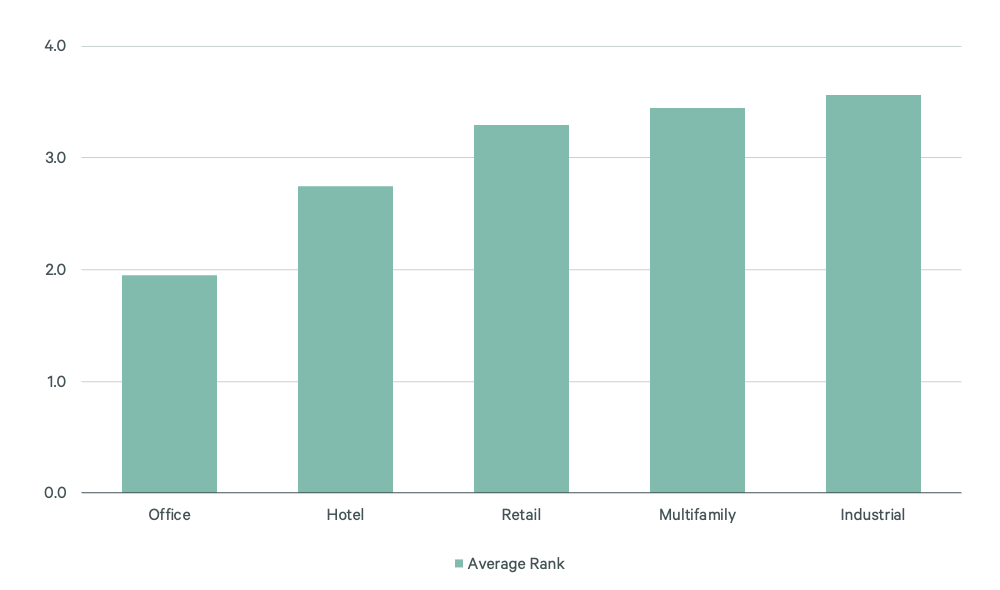
Timing in which respondents believe transactions will begin to come back in a serious way
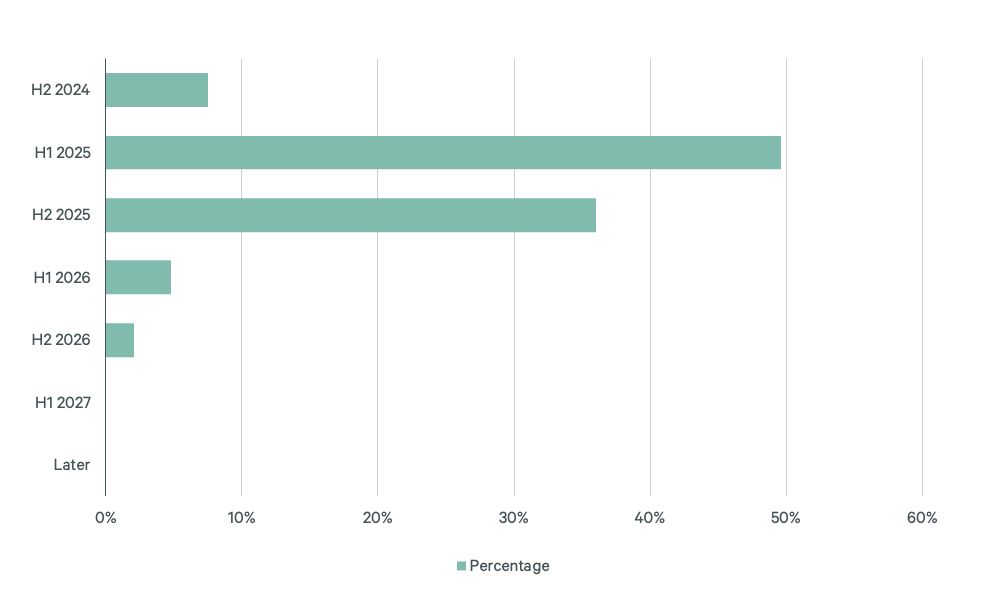
Definitions
Markets conform to metropolitan area and metropolitan divisions as defined by U.S. Census Bureau.
Cap rates presented in this report are based upon estimates by CBRE Capital Markets and Valuation professionals. These estimates are informed by recent trades within their markets and discussions with investors. The ranges represent the cap rates at which a given asset is likely to trade in the current market. Cap rates within each subtype vary, occasionally falling outside the stated ranges, based on asset location, quality and property-specific characteristics.
Stabilized properties are assets leased at market rents with typical lease terms and have vacancy levels close to market averages.
Stabilized cap rates are the ratio of stabilized net operating income (NOI) to the acquisition price of the asset.
Value-add cap rates are the ratio of stabilized NOI after property enhancements to the acquisition price of the asset plus value-add capital.
The NOI calculation is based on net income less operating expenses.
Related Insights
Related Services
CBRE’s trusted specialists in economics, data science, and forecasting at Econometric Advisors deliver the most sought-after analytical real estate re...
- Invest, Finance & Value
Capital Markets
Gain proactive insights and strategies that unlock value, drive returns and enhance outcomes for your real estat...
Gain accurate insights on your property value from our experts across valuations, appraisals and advisory services, globally.
Research Contacts
Dennis Schoenmaker, Ph.D.
Executive Director & Principal Economist, CBRE Econometric Advisors

Darin Mellott
Vice President, Head of U.S. Capital Markets Research, CBRE

Capital Markets Contacts
Kevin Aussef
Americas President of Investment Properties, CBRE

James Millon
President, US Debt & Structured Finance, Advisory Services

Christopher J. Decouflé
Managing Director, Retail Capital Markets, U.S.
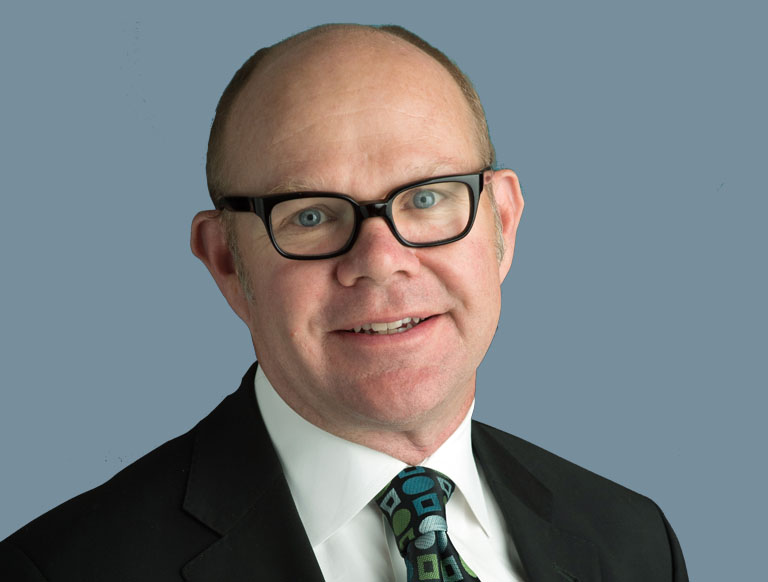
Matt Carlson
Executive Vice President and Co-Head of U.S. Office Capital Markets, West Region

Lic. 01459868
Patrick Gildea
Vice Chairman and Co-Head of U.S. Office Capital Markets, East Region

Valuation & Advisory Services Contact
Thomas Edwards, FRICS, CPV
Global President, Valuation & Advisory Services

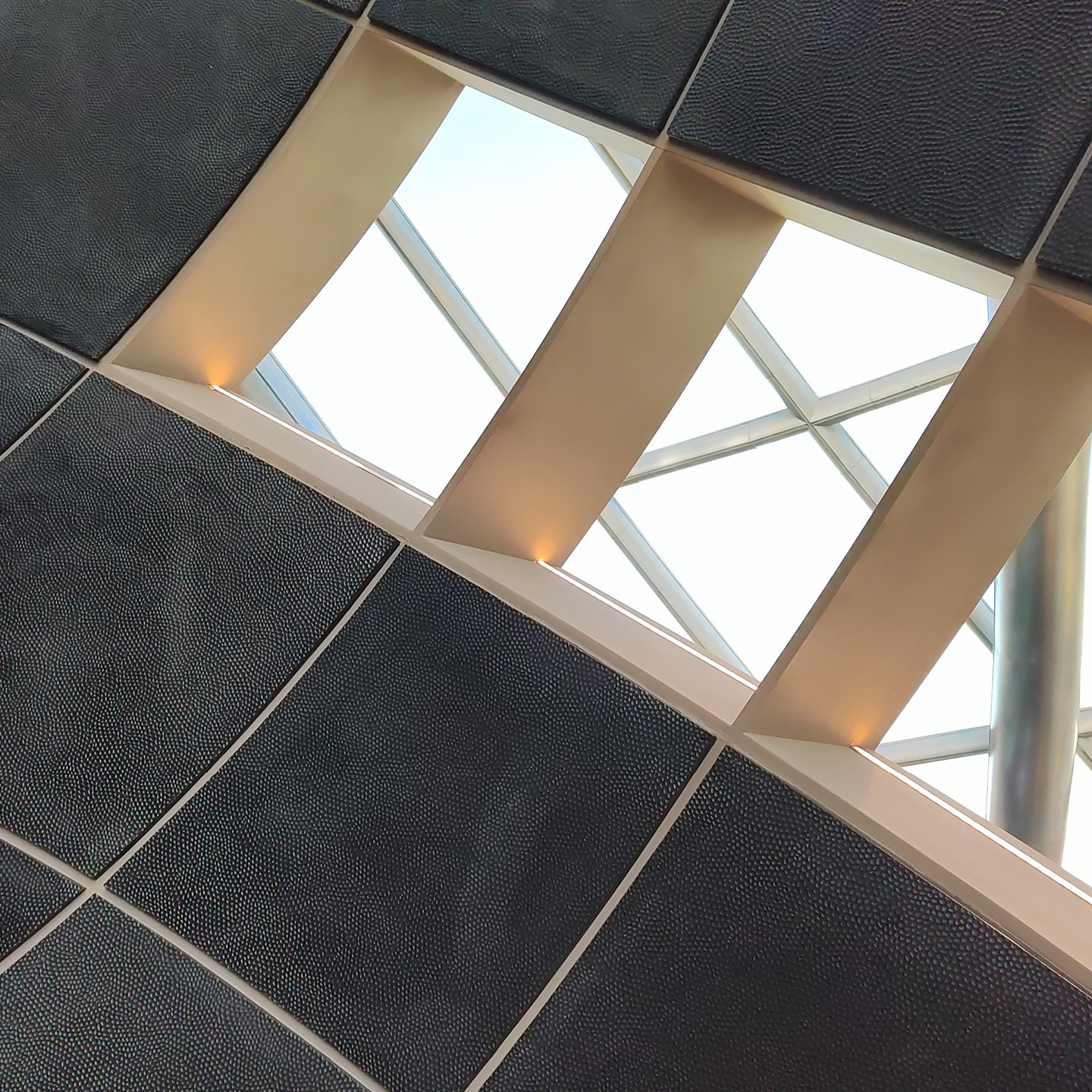





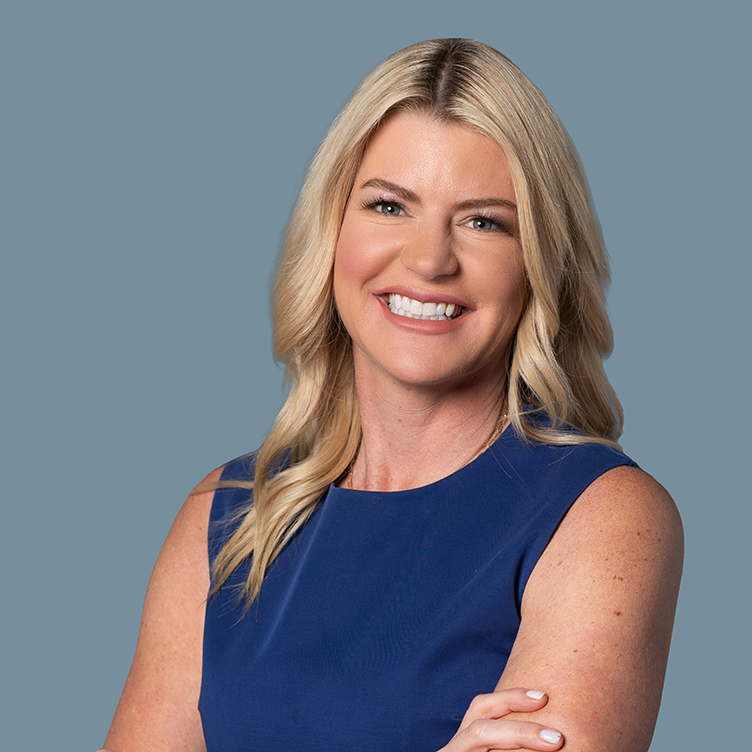

.jpg)